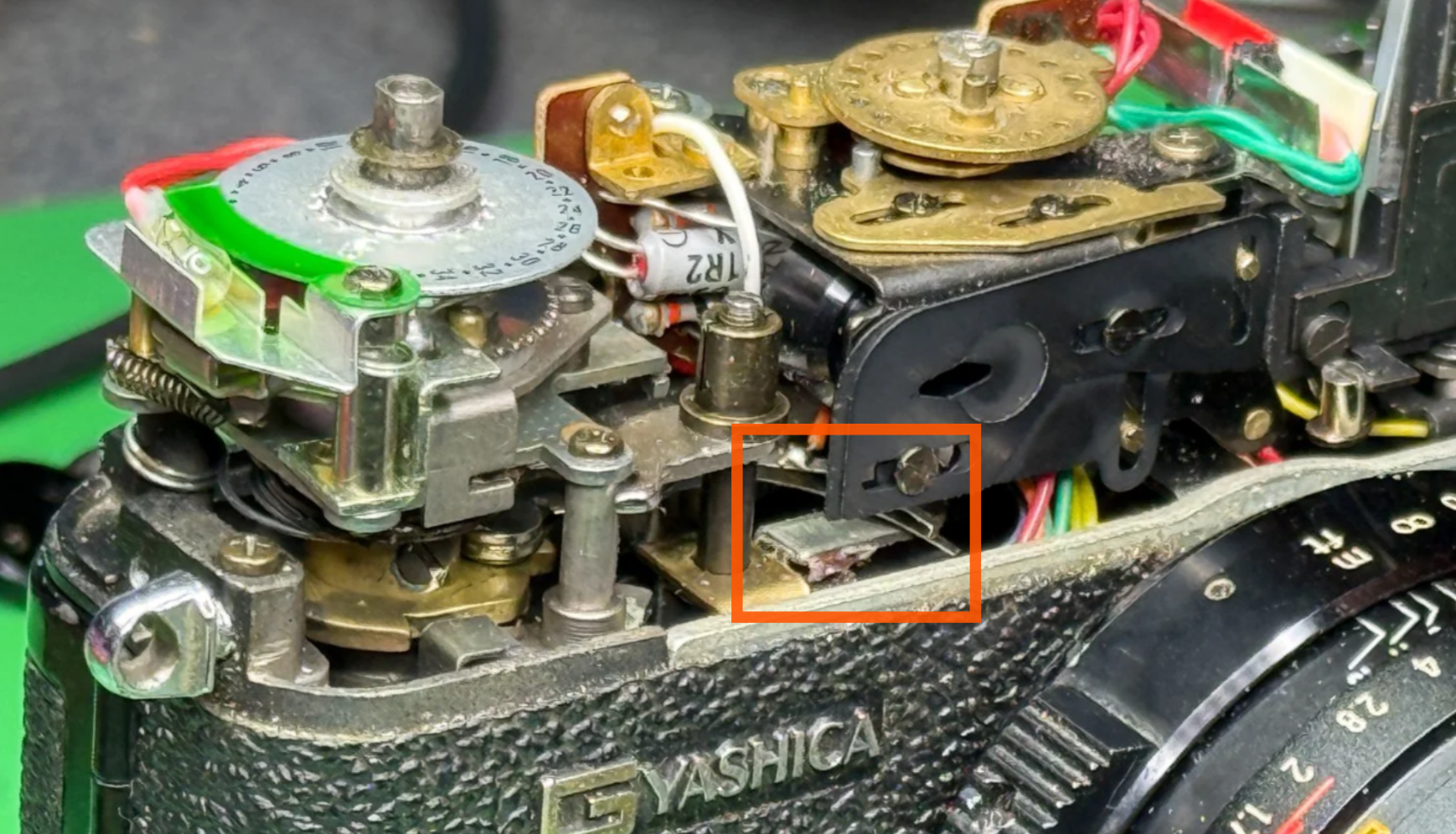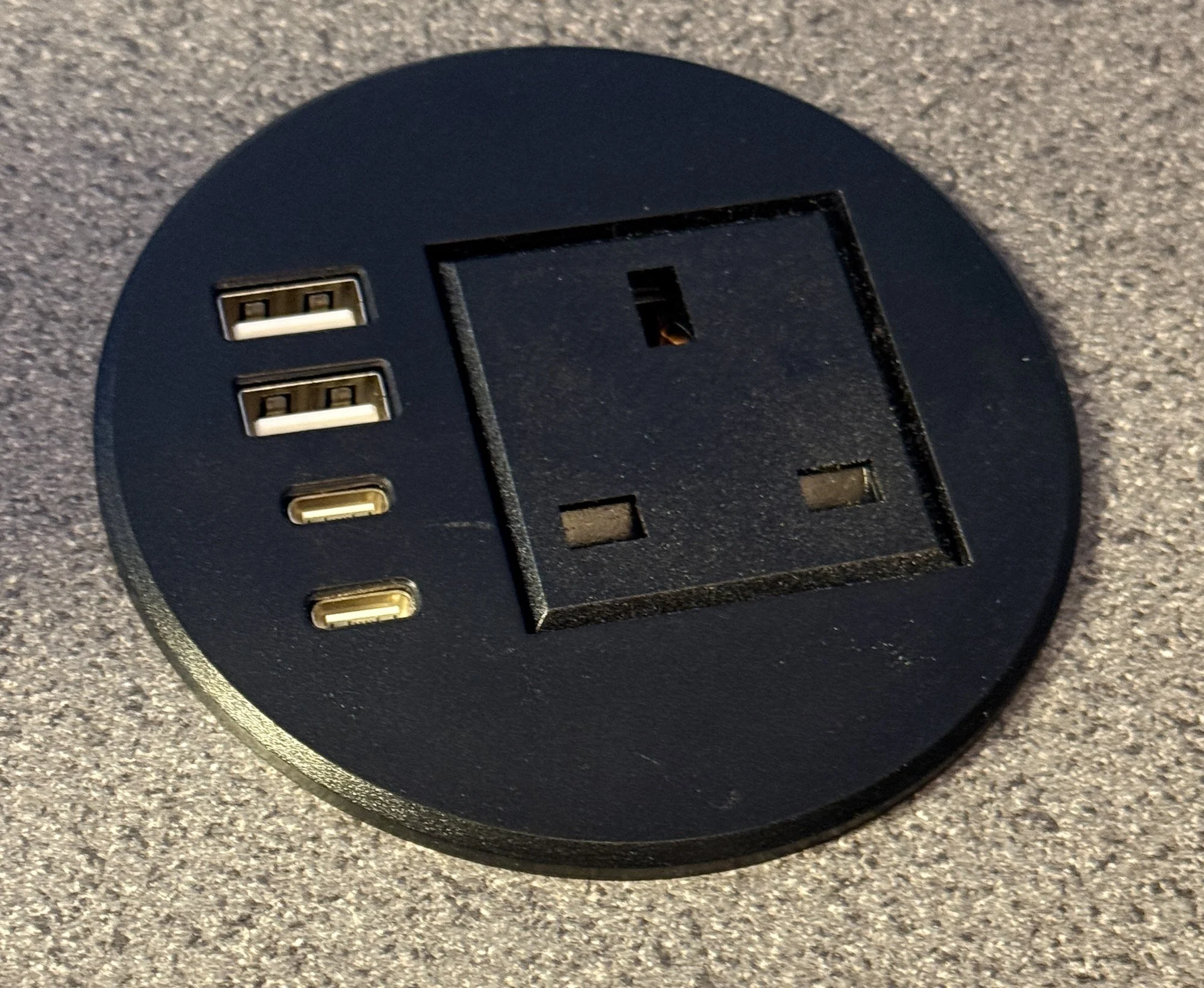Schrodinger's Revenge
/Yesterday I was waiting for a battery to arrive so that I could discover whether I had a working camera (yay!) or a broken one (boo!). Of course, just because there are two outcomes doesn’t make them both equally likely, so I should have been prepared for brokenness. Which is what I got. Wah. So it was off with the top and…
It’s probably one of these wires…
A bit of experimentation with a multi-meter left me thinking that no power was getting to the system.
…or more likely this one.
One problem with old cameras is that chemicals leak out of the battery and corrode connections, which is what has happened here. So all I have to do is find the battery terminal and solder this wire back on. Or, replace the wire completely - which is what I ended up doing. So now, with the battery check light showing a happy green, I’d fixed the camera, right?
Wrong. The metering was all broken and the shutter didn’t open and close how it should. Turns out that my camera has succumbed to “The Pad of Death”. This is a thing with Yashica Electro 35 cameras. The shutter mechanism uses a tiny foam pad to transfer movement from one lever to another. But, plastic foam being what it is, after a while it turns to dust. No pad, no movement, broken camera.
There should be a foam pad where that pink yuccky stuff is
I had great fun fixing this. If by “great fun” you mean “nearly went insane rolling up small pads of tape and then trying to fit them into the slot between the two parts”. If it breaks again the camera will end up being a “display piece”. Or going on eBay as “sold for parts”.
Newly fitted pad. I hope the glue holds…
Anyhoo, I prevailed and now the meter is doing an impression of something that might be working. I’ll to some proper testing tomorrow, for now I’m happy that I get longer clicks with darker subjects. To be honest (why on earth to people say that - it’s like saying “I was thinking of telling you a lie, but I’ve changed my mind”) I don’t mind if the camera is not quite right yet. I’ve quite enjoyed fiddling with it - pad of death not withstanding - and I’ve gained a lot of respect for the people who designed and made this marvel of mechanics and early solid state electronics. I’m sure they didn’t expect folks to still be trying to use them 50 years after manufacture. It’s a tribute to them that they still mostly work.




































